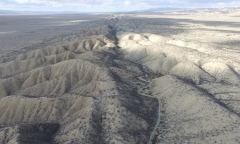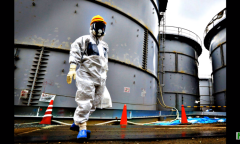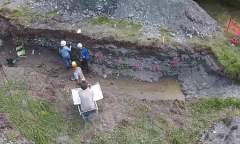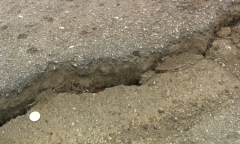By KM Diaz, | June 04, 2017
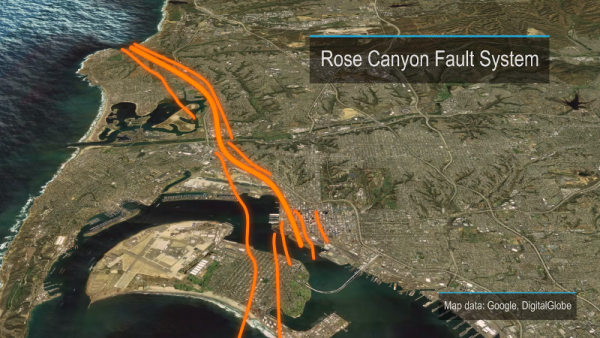
A new study released this week revealed that the Rose Canyon fault in San Diego could produce frequent and stronger earthquakes than previously believed. (YouTube)
A new study released this week revealed that the Rose Canyon fault in San Diego can produce frequent and stronger earthquakes than previously believed. This is the second study regarding the fault in recent months, which indicates a greater risk for temblor in the area of San Diego.
Like Us on Facebook
According to the researchers from the San Diego State University, Rose Canyon fault could trigger powerful earthquakes than once thought. Researchers said that the fault system in Old Town - believed to be inactive before 1990 - produces a magnitude 6.5 to 6.8 quake approximately every 700 years.
Tom Rockwell, a seismologist in California, said that previous study determined that temblor happens for about 1,000 to 1,500 years on the 40-mile-long fault. The Rose Canyon fault stretches on the Oceanside offshore, and such quake could reach San Diego Bay, into Old Town, over Mission Valley, and up to the Rose Canyon going to Mt. Soledad, until offshore at La Jolla.
In the mid-to-upper 6s, a stronger earthquake could trigger liquefaction throughout San Diego, as well as Mission bays. The quake causes damage to buildings because the land across the fault will be offset. Drake Singleton, a doctoral student of Rockwell, also explained that they have seen a history of ruptures in Old Town.
They discovered that the strike-slip fault at a dig site in Old Town has generated two additional magnitudes 5.0 to 6.0 temblors in recent centuries. Although a magnitude 6.0 quake unlikely destroy the surface of the ground, according to Rockwell, liquefaction in San Diego and Mission Bays is very possible.
Researchers in a recent study in March also proved that people in Los Angeles and Orange counties should be worried about the Rose Canyon fault. The finding reveals that the missing links of the faults indicate that a magnitude 7.4 earthquake could crack simultaneously below San Diego, Los Angeles, and Orange counties.
The quake would not only break the Orange counties and the Newport-Inglewood fault in Los Angeles, the Rose Canyon fault system also have to jolt to produce a magnitude 7.4 earthquake, researchers explained.
The two fault are one continuous fault zone, said Valerie Sahakian, the lead author of the study. In the past, researchers suggested that the gaps of these faults are 3 miles, but the new study shows that gaps are less than 1¼ miles, creating distinct fault systems. The earthquake makes it easier to keep on shaking the ground since it runs underneath a longer fault, increasing the seismic.
Egill Hauksson, a Caltech seismologist and not involved in the study, said that there has been an argument over the past three decades among researchers that these fault systems are one, and now there is an evidence that the case is confirmed.
-
Use of Coronavirus Pandemic Drones Raises Privacy Concerns: Drones Spread Fear, Local Officials Say

-
Coronavirus Hampers The Delivery Of Lockheed Martin F-35 Stealth Fighters For 2020

-
Instagram Speeds Up Plans to Add Account Memorialization Feature Due to COVID-19 Deaths

-
NASA: Perseverance Plans to Bring 'Mars Rock' to Earth in 2031

-
600 Dead And 3,000 In The Hospital as Iranians Believed Drinking High-Concentrations of Alcohol Can Cure The Coronavirus

-
600 Dead And 3,000 In The Hospital as Iranians Believed Drinking High-Concentrations of Alcohol Can Cure The Coronavirus

-
COVID-19: Doctors, Nurses Use Virtual Reality to Learn New Skills in Treating Coronavirus Patients



